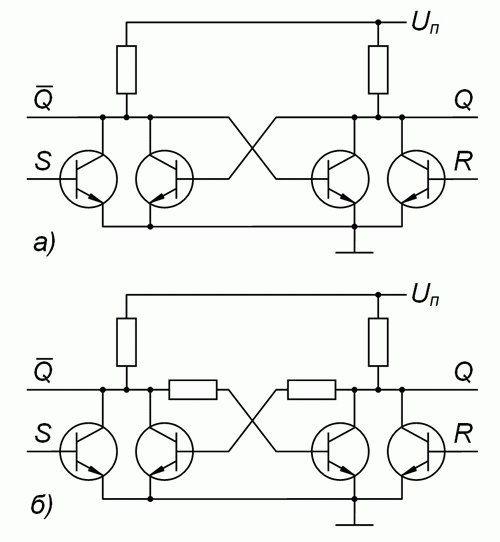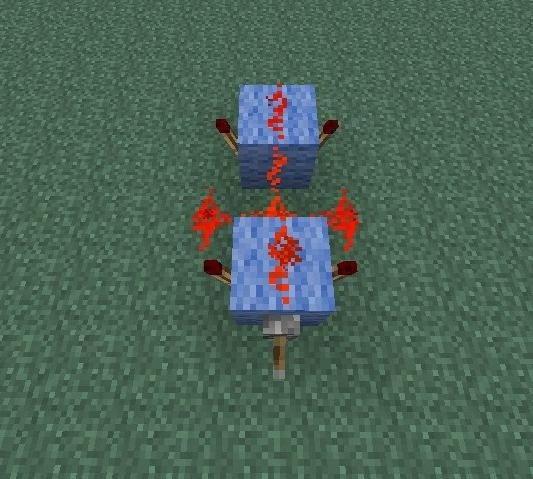A trigger is the simplest devicerepresenting a digital machine. It has two states of stability. One of them is assigned the value "1", and the other - "0". The state of the trigger, as well as the value of the binary information stored in it, is determined by the output signals: direct and inverse. If there is a potential at the direct output corresponding to a logical unit, then this state of the trigger is called single (the signal level at the inverse output corresponds to a logical zero). If there is no potential, then such a device status is called zero.

Types of triggers. Classification
- According to the method of recorded information emitasynchronous and synchronous triggers. In asynchronous devices, switching occurs when information signals arrive at the inputs. In synchronous, in addition to the main information, there are control inputs (one or more). Such triggers are switched when control signals arrive at them.
- By device information management methoddivided into statistical, dynamic, single-stage and multi-stage. The principle of the trigger in statistical control is to switch the device due to the level of the signal coming to the information inputs, with dynamic control - to change the potentials coming to the inputs of the semiconductor device. Single-stage devices have one control level, two-stage devices have two. Triggers of the synchronous type with one-step information storage are called single-ended ones, respectively, with two-stage recording - two-stroke ones.
- According to the type of realization of logical connections, JK-trigger, RS-flip-flops, T-flip-flop, D-flip-flop and other types of devices are distinguished.
The main parameters of all types of triggers are the maximum duration of the input signal, the delay time required to switch the device, and the enabling response time.

Identifies the types of inputs triggers
- R - means a separate input of the device installation in the zero state.
- S - switching device in a single mode.
- K is the input of the split installation of the universal trigger to the zero position.
- J - means separate switching of a semiconductor device in a single state.
- T is the counting input of the device.
- D is the trigger switching input to the mode repeating the input level.
- C - device sync input.
- V - managing, allowing entry.

The main types of triggers
- Asynchronous RS trigger. This device has two steady states and two inputs - R and S.
- T-trigger is the most popular typesemiconductor devices, it has only one information (T) input, it is also called counting. Synchronous RS-trigger has an additional control (C) input.
- D-trigger Devices of this type also have one information (D) input and represent a time delay.
- A DV trigger is essentially the same D-trigger, but with an additional (V) control input.
- JK trigger. This type of device differs from asynchronous in that when the value of combinations forbidden for the RS-type device, they invert the stored information.












